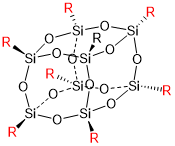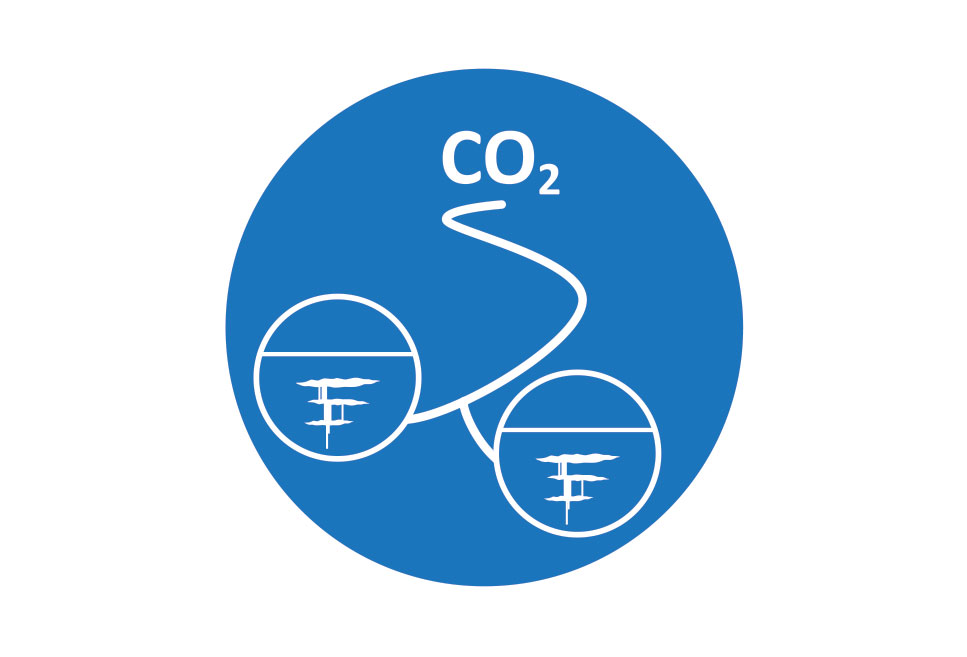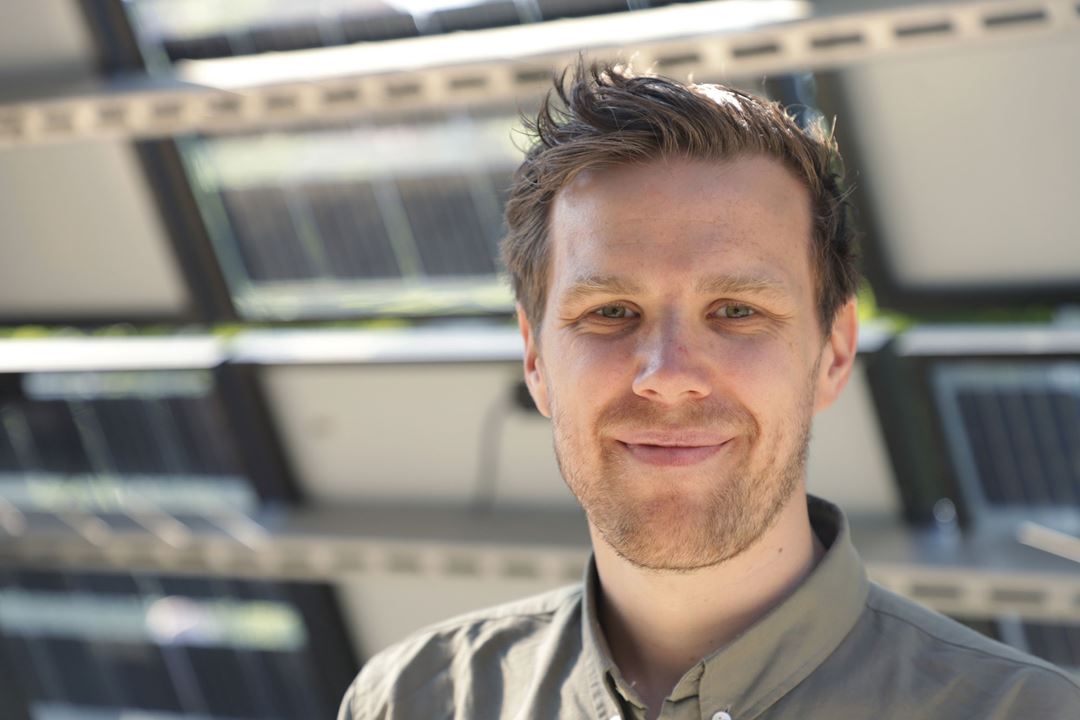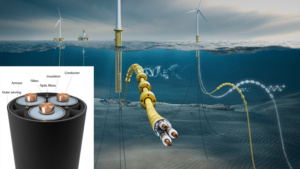Injection of CO2 into oil fields can increase the amount of oil produced (CO2-EOR), while at the same time storing large amounts of CO2. This is the only currently available method to significantly reduce the overall cost of a CCS chain.
CO2-EOR has been in use for several decades at onshore fields in North America.
- Read more about SINTEF’s work on CO2-EOR here: Reservoir management and EOR, NCCS
- This blog is based on the work of FME NCCS. For more NCCS cases, see their 2017 Annual report here
Reduced efficiency
The density difference between CO2 and oil leads to gravity segregation and reduced efficiency. The lower viscosity of CO2 also contributes to reduced efficiency, since the gas will tend to bypass the oil.
Onshore, the relatively low cost of drilling new wells makes short well distances possible. This reduces the overall impact of gravity segregation. Offshore, like on the Norwegian Continental Shelf, the cost of wells is much higher, and the well distance therefore tends to be much larger than onshore.
Something else is therefore needed in order to increase the efficiency of CO2-EOR.
Slowing down CO2
The density of CO2 at reservoir conditions is already quite high compared to other substances that are gaseous at surface conditions. Much research effort has therefore been focused on methods that can slow down the CO2, such as generation of foam or increasing its viscosity.
It is also desirable to find substances that can be carried by the CO2 deep into the reservoir, since this would improve the efficiency. Several chemicals have been found that can do this, but unfortunately these are either too expensive or unacceptable from an environmental viewpoint.
Designer materials
Enter nanotechnology. With the advent of this technology came methods for creation of new hybrid materials. The FunzioNano® technology developed at SINTEF can be used to graft hand-picked active molecular groups on to nano-sized inorganic cores. The result is tailor-made hybrid molecules that can have complex functionalities.
In NCCS this technology will be employed to try to create novel materials that will stabilize CO2-water foam and thereby slow down the CO2 and increase oil production efficiency.

The first few test batches of hybrid materials have been synthesized in SINTEF’s laboratories in Oslo, and are currently being tested in the SINTEF’s Reservoir Technology laboratory in Trondheim. The testing will guide the selection of molecular groups for the next batches of materials.

Open research questions
There are still many open research questions, such as picking the right molecular groups for the desired functionality, development and testing of synthetization methods, properties in laboratory tests and at field scale, and the cost of manufacturing and deployment of such new materials. In NCCS we hope to answer some of these, and thereby possibly enable the next generation of CO2-EOR.
Contact persons: Torleif Holt and Monika Pilz




















Comments
No comments yet. Be the first to comment!